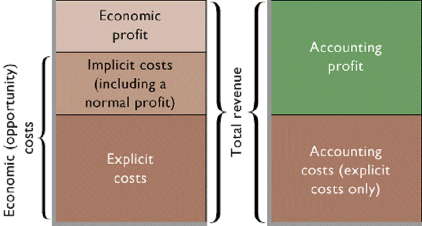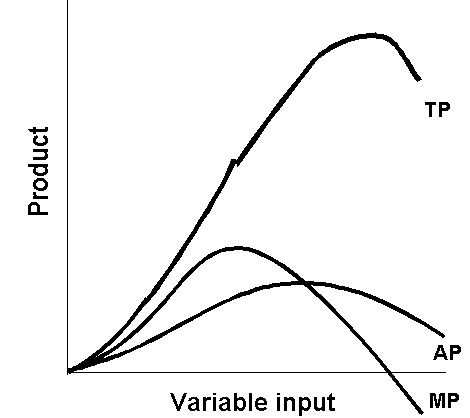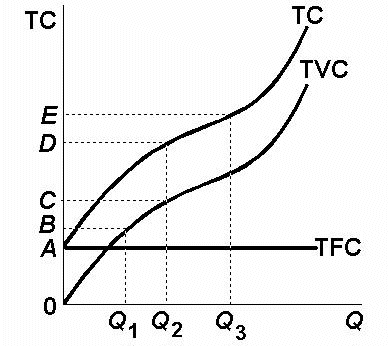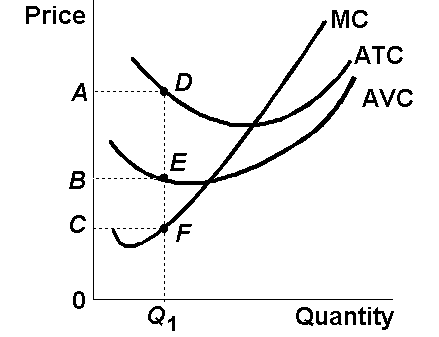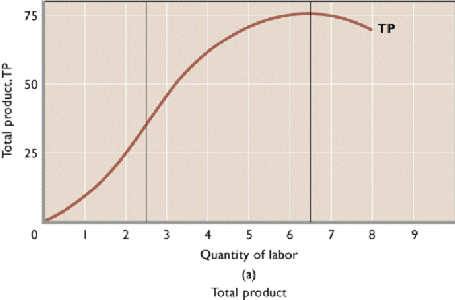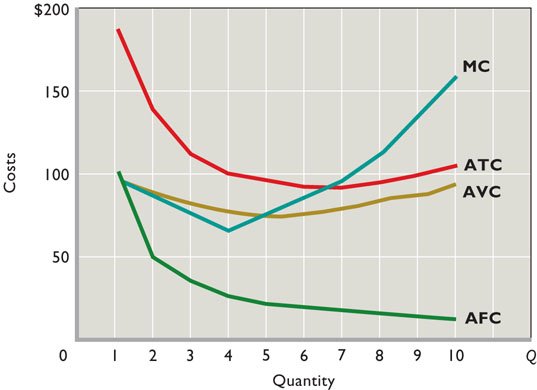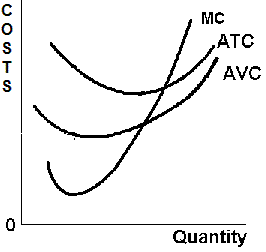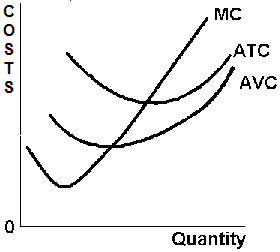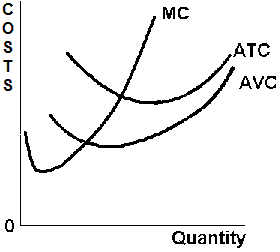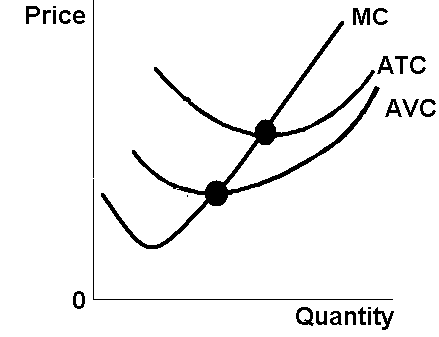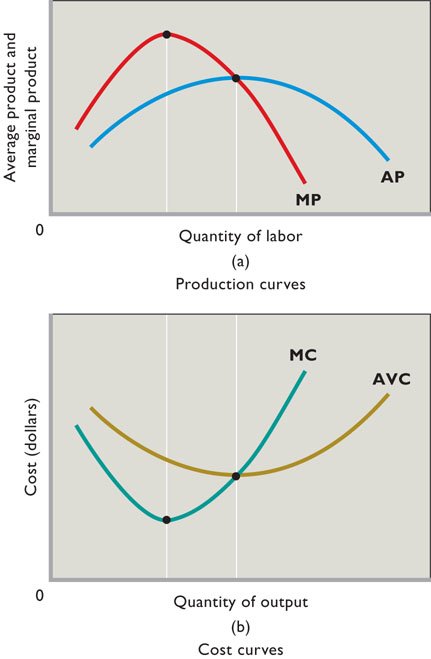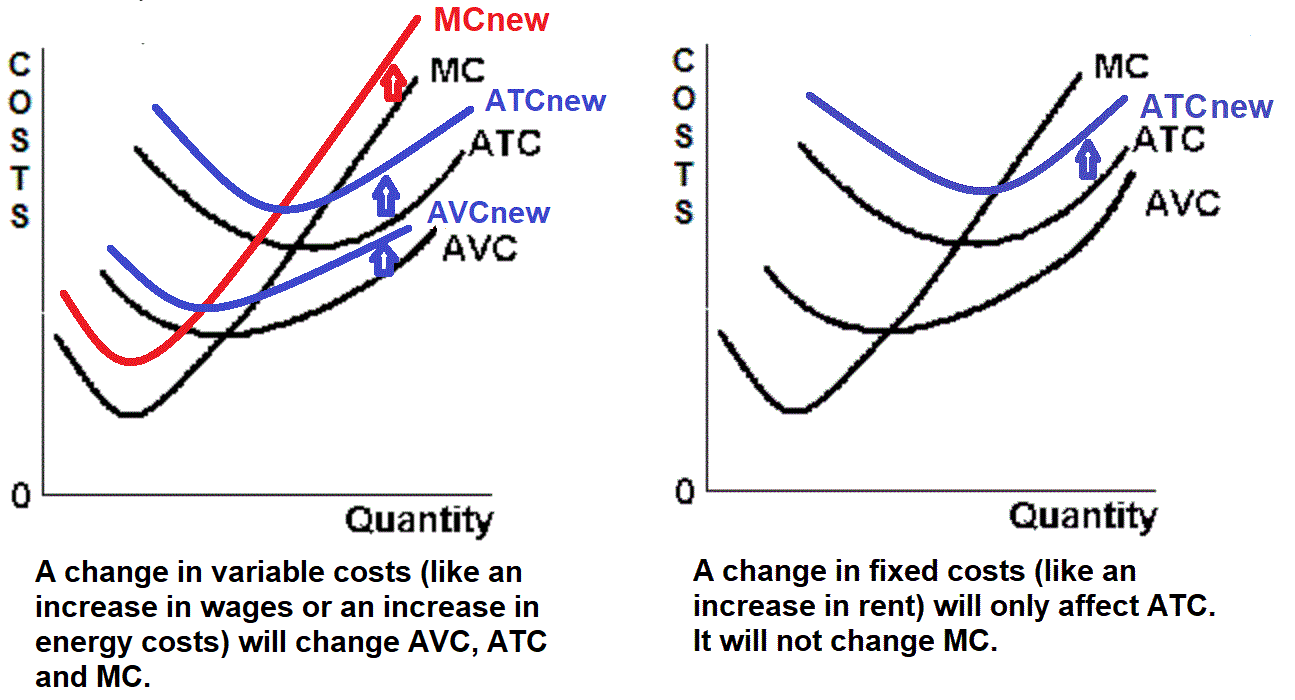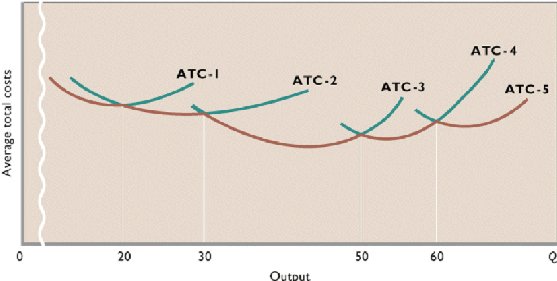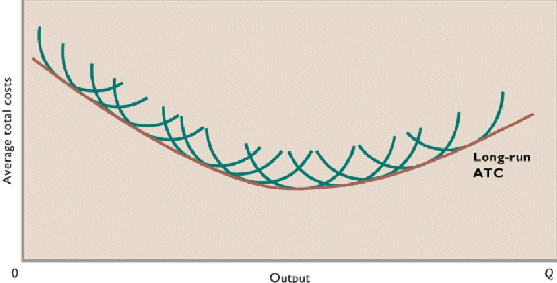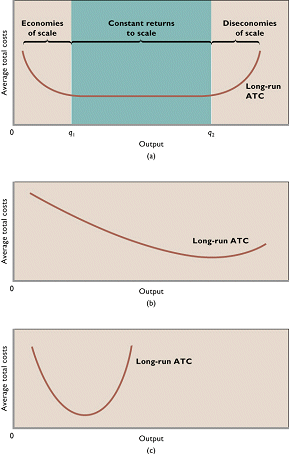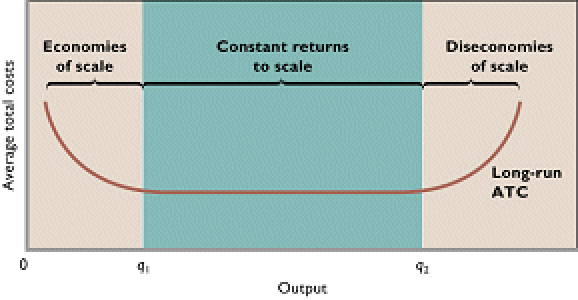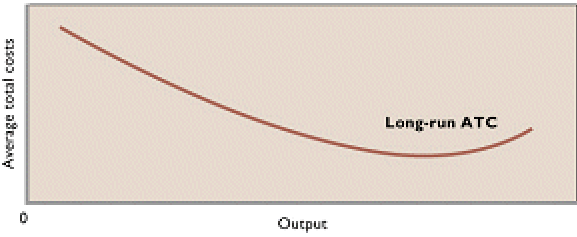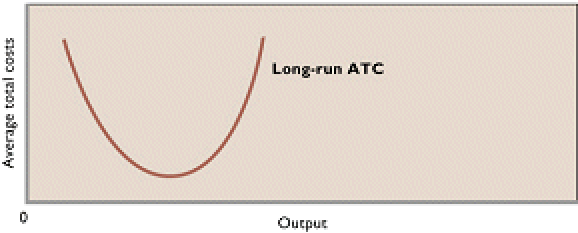economic (opportunity) cost:
- A payment which must be made to obtain and retain the services of a resource;
- The income a firm must provide to a resource supplier to attract the resource away from an alternative use;
- Equal to the quantity of other products which cannot be produced when resources are instead used to make a particular product.
B. Explicit and Implicit Costs
1. explicit costs = payments to nonowners for resourcesThe monetary payment a firm must make to an outsider to obtain a resource.2. implicit costs = what self-employed resources could have earned elsewhere
The monetary income a firm sacrifices when it uses a resource it owns rather than supplying the resource in the market;Equal to what the resource could have earned in the best-paying alternative employment.
3. Accoutin Profit / Economic Profit / and Normal Profit
[Why a ZERO profit in economicds is good]Profit - TR - TC a. normal profits = a costdefinitionThe payment made by a firm to obtain and retain entrepreneurial ability;The minimum income which entrepreneurial ability must receive to induce it to perform entrepreneurial functions for a firm.
b. economic profits = TR - total opportuniy costsdefinition:
- The total revenue of a firm less all its economic costs;
- Also called “pure profit” and “above normal profit.”
Economic profits = TR - explicit AND implicit costs
if economic profit = 0 called normal profit
c. accounting profit = Total Revenue - Explicit Costs
d. compare:
